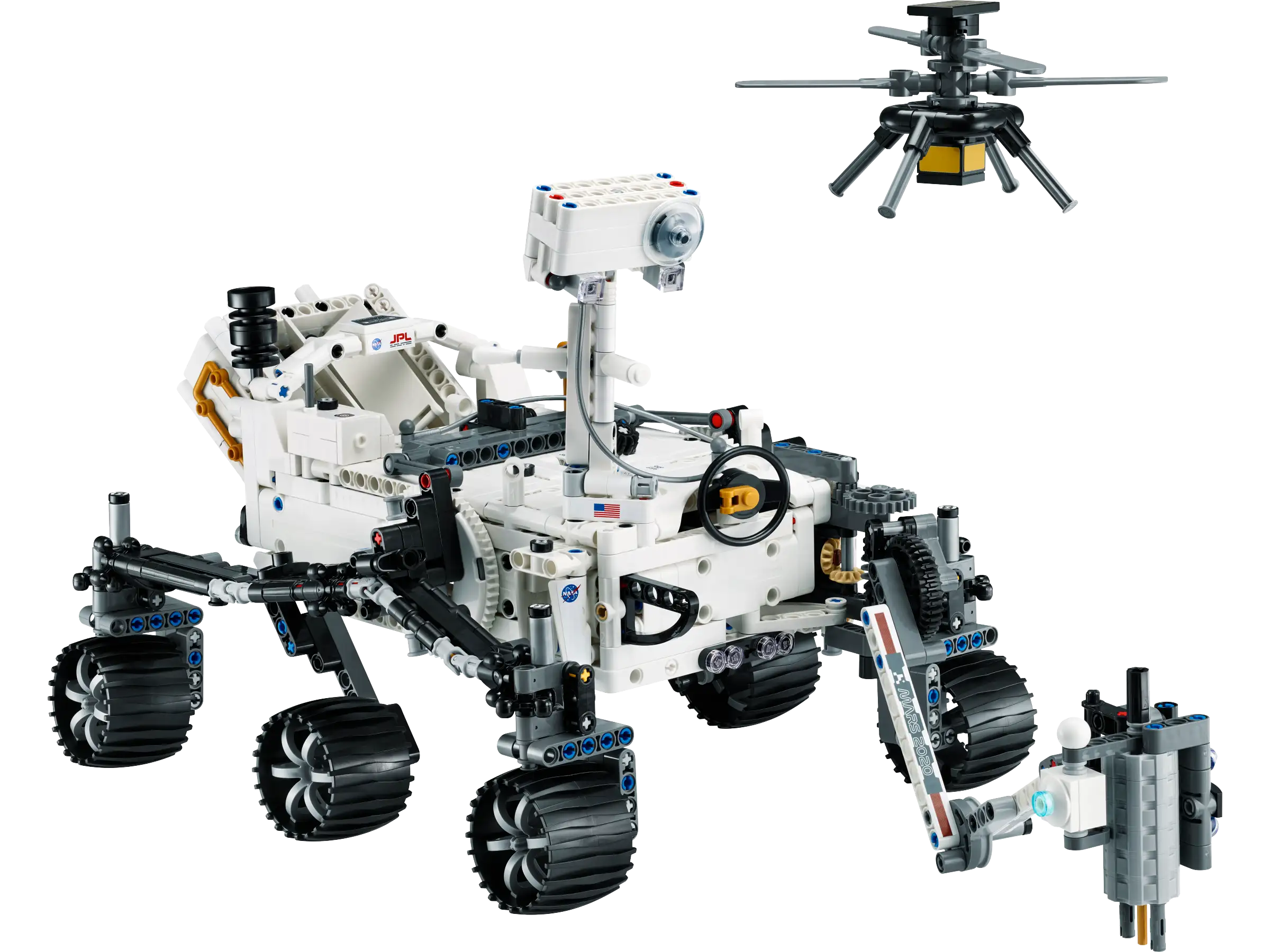Das Solar Dynamic Observatory (SDO) der NASA ist eine Sonde, die am 11. Februar 2010 gestartet wurde, um dynamische Vorgänge der Sonne zu observieren. Seit gut 10 Jahren wurden Bilder übermittelt, aus denen die NASA nun einen 1-stündigen Zeitraffer gebaut hat. Alle 0,75 Sekunden wurde ein Bild geschossen, mehrere Messgeräte sammelten insgesamt 425 Millionen High Resolution Bilder.
Die kurzen schwarzen Dropouts sind Mond oder Erde, die die Sonne kurzzeitig verdeckt haben.
As of June 2020, NASA’s Solar Dynamics Observatory — SDO — has now been watching the Sun non-stop for over a full decade. From its orbit in space around the Earth, SDO has gathered 425 million high-resolution images of the Sun, amassing 20 million gigabytes of data over the past 10 years. This information has enabled countless new discoveries about the workings of our closest star and how it influences the solar system.
With a triad of instruments, SDO captures an image of the Sun every 0.75 seconds. The Atmospheric Imaging Assembly (AIA) instrument alone captures images every 12 seconds at 10 different wavelengths of light. This 10-year time lapse showcases photos taken at a wavelength of 17.1 nanometers, which is an extreme ultraviolet wavelength that shows the Sun’s outermost atmospheric layer — the corona. Compiling one photo every hour, the movie condenses a decade of the Sun into 61 minutes. The video shows the rise and fall in activity that occurs as part of the Sun’s 11-year solar cycle and notable events, like transiting planets and eruptions. The custom music, titled “Solar Observer,” was composed by musician Lars Leonhard (https://www.lars-leonhard.de/).
While SDO has kept an unblinking eye pointed towards the Sun, there have been a few moments it missed. The dark frames in the video are caused by Earth or the Moon eclipsing SDO as they pass between the spacecraft and the Sun. A longer blackout in 2016 was caused by a temporary issue with the AIA instrument that was successfully resolved after a week. The images where the Sun is off-center were observed when SDO was calibrating its instruments.
Via Atomlabor



